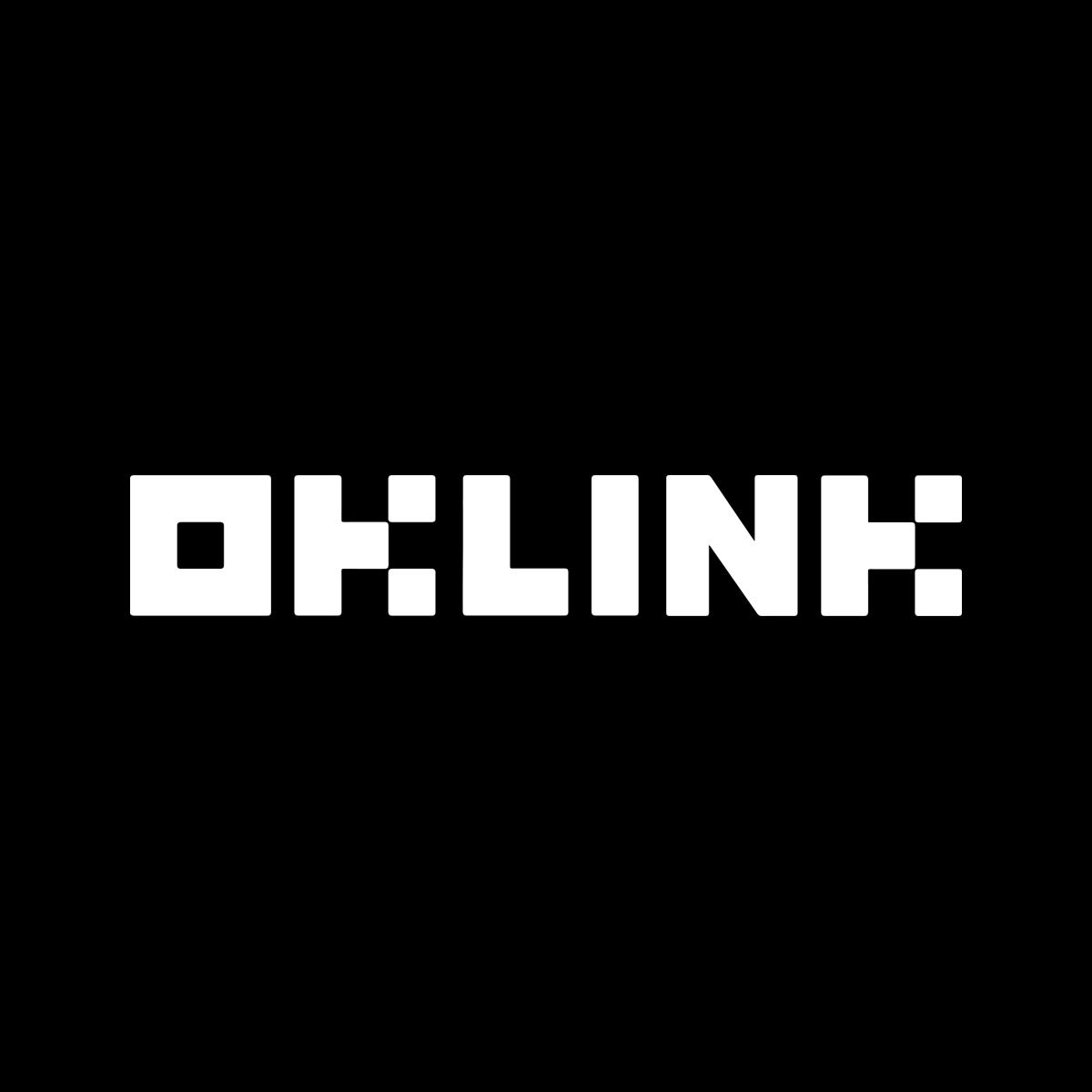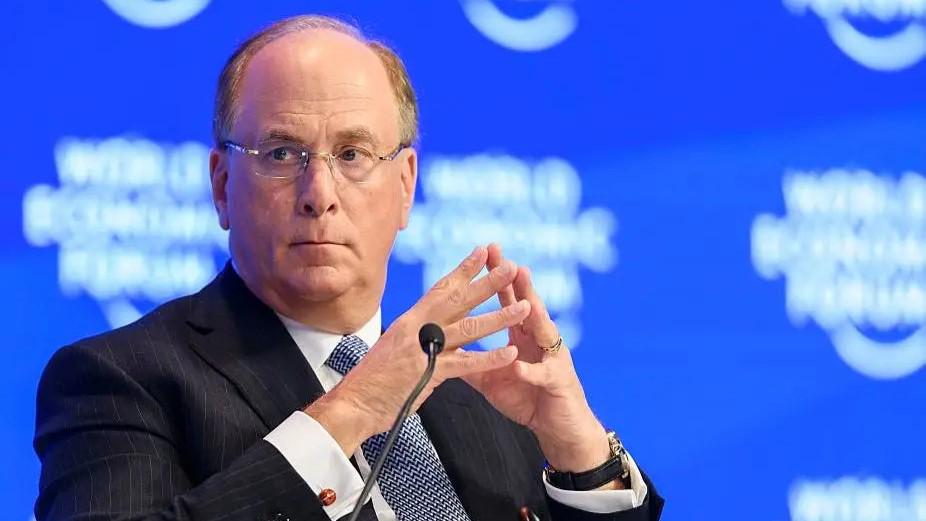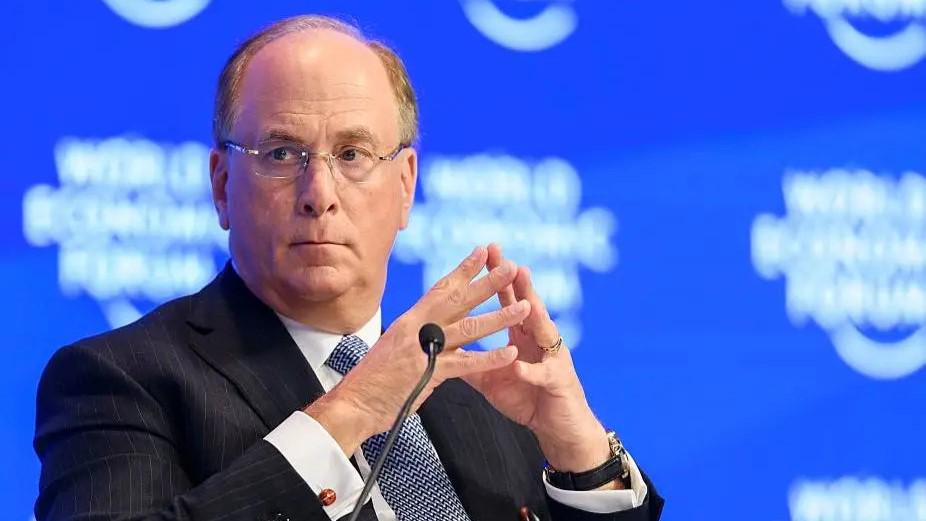-
 PA一线 · 2 小时前
PumpBTC发布PUMP代币模型,9%用于初始申领
PA一线 · 2 小时前
PumpBTC发布PUMP代币模型,9%用于初始申领PUMP总供应量为10亿枚,38%分配给社区生态系统,9%用于初始申领,5%用于ID0。
-
 PA一线 · 2 小时前
Binance Wallet将上线第七期TGE项目PumpBTC(PUMP)
PA一线 · 2 小时前
Binance Wallet将上线第七期TGE项目PumpBTC(PUMP)认购将于北京时间4月2日00:00至00:45在PancakeSwap开放,价格为0.0000247905 BNB/PUMP,目标筹资1239.52枚BNB。
-
 区块链骑士 · 6 小时前
美国拟推“BTC债券”,或借BTC增值抵消数万亿美元国债?
区块链骑士 · 6 小时前
美国拟推“BTC债券”,或借BTC增值抵消数万亿美元国债?根据BTC政策研究所发布的一项政策框架,美国财政部有可能通过拟议发行的2万亿美元“BTC增强型国债”(以下简称“BTC债券”),拨款2000亿美元用于购买BTC。
-
 PA一线 · 6 小时前
Grayscale正式向SEC提交数字大盘基金ETF注册申请
PA一线 · 6 小时前
Grayscale正式向SEC提交数字大盘基金ETF注册申请美国SEC文件显示,Grayscale已提交S-3注册声明,计划将其Grayscale Digital Large Cap Fund注册为交易所交易基金(ETF)。
 Tim · 6 小时前
比特币颓势何时休?且看监管破冰与宏观改善
Tim · 6 小时前
比特币颓势何时休?且看监管破冰与宏观改善尽管当前经济不确定性持续存在,但加密行业仍受益于友好的政治环境,特朗普政府正推动监管框架的日益明晰,另外机构参与热情也在不断增长。
-
 Yuliya · 6 小时前
Arthur Hayes新文:美联储政策转向信号显现,比特币年底能否突破25万美元?
Yuliya · 6 小时前
Arthur Hayes新文:美联储政策转向信号显现,比特币年底能否突破25万美元?美联储主席鲍威尔面临着严重的政策困境:在巨额政府债务和政治压力下,美联储不得不放弃独立性和抗通胀立场,转而通过量化宽松等手段为政府融资,这种"财政支配"的局面与1970年代伯恩斯时期的情况极为相似,预示着美联储将不得不重启宽松政策,这可能推动比特币等资产价格大幅上涨。
-
 Zen · 7 小时前
GUN代币登陆Launchpool反响火爆,Off the Grid仍未迁移至Gunz主网使其遭“鬼链”质疑
Zen · 7 小时前
GUN代币登陆Launchpool反响火爆,Off the Grid仍未迁移至Gunz主网使其遭“鬼链”质疑GUN 代币上线引发热潮,但由于《Off the Grid》仍未迁至 GUNZ 主网,引发“鬼链”质疑,同时代币的低流通、高市值和VC 持仓过高也引发争议。
-
 WOO · 7 小时前
一个月TVL增加130%,Sonic上面有什么机会?
WOO · 7 小时前
一个月TVL增加130%,Sonic上面有什么机会?Sonic 宣布将发行总量为 1.905 亿枚的 S 代币,这些代币的奖励机制分为两部分:25% 的奖励可立即提取,而其余的 75% 将以可交易的 NFT 形式逐步释放。
-
 PA日报 · 7 小时前
PA日报 | 币安宣布KernelDAO为第4个Megadrop项目;Upbit新增COMP至韩元市场
PA日报 · 7 小时前
PA日报 | 币安宣布KernelDAO为第4个Megadrop项目;Upbit新增COMP至韩元市场美国罗德岛州法案拟允许该州居民每月免税交易1万美元的比特币;PumpBTC链上空投认领将于4月2日开始;尼日利亚SEC将根据新法律对虚拟资产服务提供商进行监管。
-
 Felix · 7 小时前
“吃老本”不可取,加密领域并不能靠网络效应建立持有护城河
Felix · 7 小时前
“吃老本”不可取,加密领域并不能靠网络效应建立持有护城河项目只有不断“做事”,才能得到市场认可。
- 加密流通市值(7d)$2,766,428,444,434Market Cap恐惧贪婪指数(近30天)极度恐惧3天(10%)恐惧20天(66.67%)中性7天(23.33%)贪婪0天(0%)极度贪婪0天(0%)
 MarsBit · 8 小时前
比特币年内极端走势预测:阴跌到5万,还是爆涨至25万?
MarsBit · 8 小时前
比特币年内极端走势预测:阴跌到5万,还是爆涨至25万?2025 年,比特币价格从巅峰 109000 美元跌至 83000 美元,引发市场对未来走势的激烈争论。
-
 PA一线 · 8 小时前
币安宣布KernelDAO (KERNEL)为第四个Megadrop项目
PA一线 · 8 小时前
币安宣布KernelDAO (KERNEL)为第四个Megadrop项目Binance宣布KernelDAO (KERNEL)成为其Megadrop平台的第四个项目。KernelDAO是一个支持Kernel、Kelp和Gain的再质押协议。KERNEL代币总供应量为10亿枚,其中4000万枚(占总供应量的4%)将作为Megadrop奖励发放,另有4000万枚将在现货上线6个月后分批用于其他营销活动。上线时初始流通供应量为162,317,496枚(占总供应量的16.23%)。
-
 Nancy · 8 小时前
专访Movement联创Cooper:辍学少年成功逆袭,打造数十亿美元项目获特朗普家族项目增持
Nancy · 8 小时前
专访Movement联创Cooper:辍学少年成功逆袭,打造数十亿美元项目获特朗普家族项目增持在这场深入对谈中,Movement联创Cooper Scanlon分享了自己毅然辍学投身加密领域的心路历程,解析了Movement在激烈竞争中的独特优势与未来规划,并结合美国监管环境,对行业未来发展提出了独到见解。
-
 Odaily星球日报 · 9 小时前
“熊市之光”Pendle的2025规划:V2升级、多链扩展、永续合约收益产品
Odaily星球日报 · 9 小时前
“熊市之光”Pendle的2025规划:V2升级、多链扩展、永续合约收益产品关键词:多链扩张、机构接入、费率市场、伊斯兰金融……
-
 Weilin · 9 小时前
贝莱德CEO年度致投资者信:比特币或挑战美元全球地位,代币化是未来的金融高速公路
Weilin · 9 小时前
贝莱德CEO年度致投资者信:比特币或挑战美元全球地位,代币化是未来的金融高速公路贝莱德(BlackRock)首席执行官Larry Fink发布了年度致投资者信,提出了一个引人思考的问题:“比特币会削弱美元的储备货币地位吗?”他还表示,代币化正成为重塑金融基础设施的关键力量。
-
 PA一线 · 9 小时前
Backpack完成对FTX EU的收购,于今日启动用户资金返还流程
PA一线 · 9 小时前
Backpack完成对FTX EU的收购,于今日启动用户资金返还流程Backpack宣布正式启动FTX EU前用户的资产返还计划,帮助符合条件的用户追回被冻结的法币资金。这标志着Backpack完成对FTX EU收购后的重要进展,资金分配工作正式展开。 符合条件的用户可即日起前往Backpack EU平台创建账户并完成身份验证(KYC)。资金提取功能将于稍后开放,届时用户将收到提取通知。本次返还流程仅针对FTX EU用户的法币余额及未完成的提现请求,加密货币与NFT相关索赔仍需通过FTX International平台处理。 Backpack计划以高效透明的方式执行返还流程,并重启FTX EU的MiFID II牌照,未来将在欧盟范围内提供全面的加密衍生品服务。
-
 PA一线 · 10 小时前
Upbit将在韩元市场上线COMP
PA一线 · 10 小时前
Upbit将在韩元市场上线COMPPANews 04月01日消息,据官方公告,韩国加密交易所Upbit将在韩元市场上线COMP,交易将于04月01日15:00(预计)开始。
-
 欧科云链OKLink · 10 小时前
用RWA与DeFi的融合,为华尔街注入可编程基因
欧科云链OKLink · 10 小时前
用RWA与DeFi的融合,为华尔街注入可编程基因RWA的意义从来都不在于简单地将资产“搬到”链上,更是要通过上链激活其流动性,让资产价值从“链上可见”变成”链上可用”。这当中,RWA与DeF的融合最为关键。
-
 Felix · 10 小时前
DeFi收益竞赛:Pendle与后起之秀Spectra
Felix · 10 小时前
DeFi收益竞赛:Pendle与后起之秀Spectra回顾两种协议的发展历程,解读二者有何不同,以及其增长策略对 DeFi 未来收益的影响。
-
 PA一线 · 10 小时前
肯塔基州加入南卡罗来纳州和佛蒙特州行列,撤销对Coinbase的诉讼
PA一线 · 10 小时前
肯塔基州加入南卡罗来纳州和佛蒙特州行列,撤销对Coinbase的诉讼就在南卡罗来纳州撤销对加密交易所Coinbase的质押诉讼几天后,肯塔基州成为继佛蒙特州上月退出后,数周内第三个采取同样行动的州。肯塔基州金融机构部周一提交了一份联合撤销诉讼的协议,实际上结束了其针对Coinbase质押服务的法律诉讼。此前,该服务被指控违反州证券法。Coinbase首席法律官Paul Grewal随后在X平台上发文表示:“国会需要尽快通过一部联邦市场结构法,来结束这种逐州诉讼的方式。
更多内容 Apr . 02
Apr.02
















































